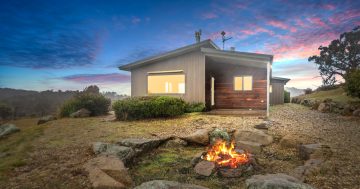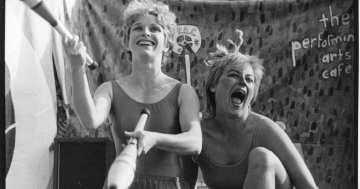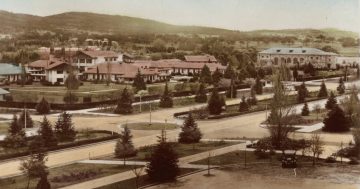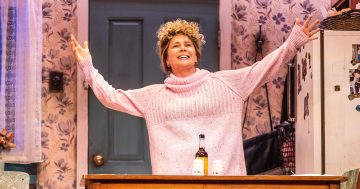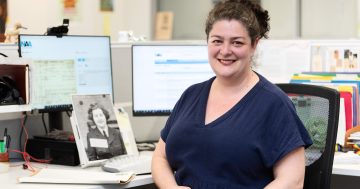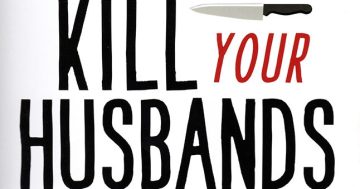Hi there everyone
I’m a research fellow at one of the local universities who is researching about the migrant history of workers in the ACT, particularly post WWII. Because of the high influx of workers to rapidly build Canberra and the lack of space to put everyone, numerous hostels were built around town to house these workers. One hostel in particular that was perched atop Capital Hill was known as Hillside.
Hillside was single men only and quite notorious by reputation. I’ve heard of numerous stories about Hillside, about how poor the living conditions were, about how fights between the ‘inmates’ were common, but first-hand accounts of life there have been harder to source. Most of the books discussing the history of Canberra only give fleeting mention to hostel life, and even then fail to go into the nitty gritty.
I thought perhaps the riotacters could help me out here by way of leads, or potentially even stories, either first-hand or perhaps your husband or relative lived at Hillside a while. It need not even have been Hillside: other hostels were Eastlake, Westlake, Acton cottages, the Causeway, and the Capital Hill Hostel.
Most of the original inhabitants at Hillside would be on a bit in their years now as it operated from 1952-1968, and I have considered visiting nursing homes to see if people would be forthcoming in telling their stories in interviews.
If anyone perhaps knew of where/how I could begin this course of enquiry, or even better be willing to impart some stories about hostel life, it would be greatly appreciated.













